Natural language processing –
from theoretical concept to real business value
Test
Just a few years ago, Natural Language Processing (NLP) was primarily an academic field. The technology was difficult to implement and required massive amounts of data to function properly. Many companies tried NLP projects, but they often failed due to inaccurate results and unpredictable costs.
Then came the large language models. With the rise of GPT-4, LLaMA, and Claude, everything changed. NLP is no longer a theoretical possibility — it’s now a potential competitive advantage that businesses use to cut costs, streamline workflows, and create better customer experiences.
NLP is no longer experimental — it works
In the past, NLP required expert data scientists and huge training datasets just to produce mediocre results. Today, we’re seeing:
- Insurance companies reducing claims processing time by up to 70% by automating document analysis
- Businesses summarizing complex reports in seconds instead of hours
- Banks detecting fraud by analyzing patterns in customer communication
- What changed? We now have access to pre-trained models that already understand context and language nuances — without having to build everything from scratch.
New LLMs are changing the game for NLP projects
Previously, companies had to build their own NLP models from the ground up — often a multi-year effort requiring million-dollar investments. Today, we can use pre-trained models and fine-tune them to fit specific needs. That means:
- Faster implementation – Projects that used to take years can now go live in weeks or months
- Greater accuracy – Modern models have a much deeper understanding of language than older technologies
- Lower costs – No need for massive datasets or private servers to get NLP working effectively
But even with better tech, NLP projects don’t succeed automatically. There are still common pitfalls.
Where do NLP projects go wrong?
Many companies get excited about the potential of NLP but overlook the practical challenges. We often see mistakes like:
- No clear business case – NLP should solve a specific problem, not just be a tech demo
- Assuming off-the-shelf models will work unmodified – Even the best LLMs often need fine-tuning to fit your business needs
- Poor integration with existing systems – NLP must fit into your current workflows, or it becomes an isolated, inefficient tool
- Lack of employee training – Teams need to understand how NLP applies to their daily work in order to use it effectively
At Trueimpact.ai, we ensure that NLP becomes a real business solution. We have the experience to help you set the right goals — and make sure you reach them.
Where do NLP projects go wrong?
We focus on NLP solutions that deliver tangible business outcomes. Depending on your needs, NLP can be used to:
- Automate contract analysis – where AI quickly identifies key points in complex documents
- Improve customer service – using AI-powered chatbots to handle simple inquiries and reduce the load on support staff
- Streamline email and document handling – so employees spend less time on manual tasks and more on value-creating work
- Predict customer issues – by analyzing large volumes of customer interactions to identify trends and potential problem areas
- How do you get started?
NLP isn’t a magic fix — but when used right, it can provide significant competitive advantages.
Wondering if NLP could optimize your business? Contact us for an informal assessment of how the technology can deliver real value in your organization. Call us, write to us, or, if you already have an idea for a specific project, fill out the form below.
Do you have an AI project you want to realize?
Describe it to us in the form below, and we will have a dialogue with you and tell you whether it is possible and what the estimated costs and resources are.

